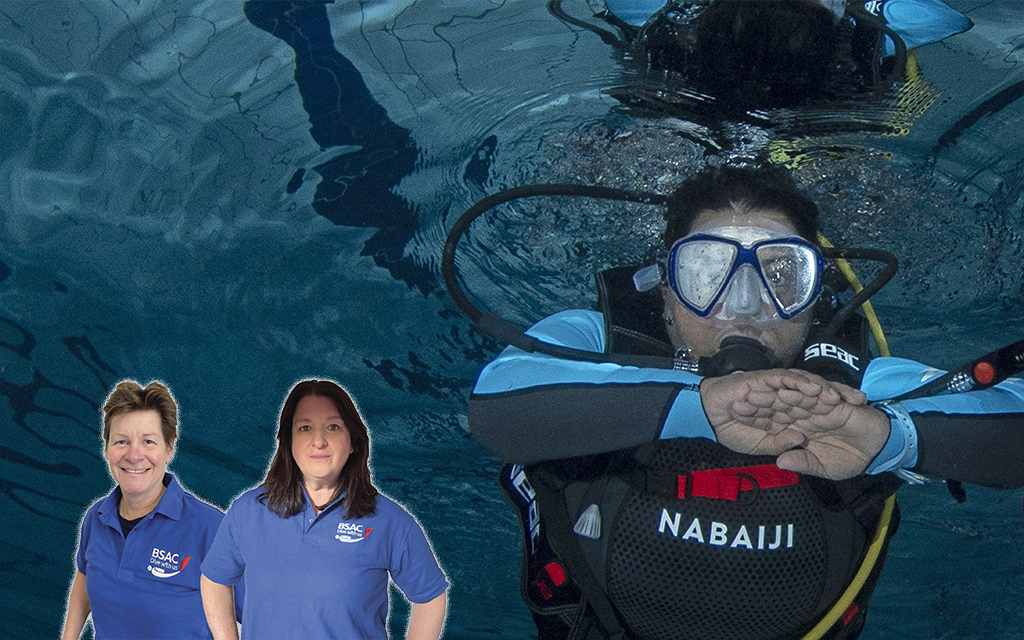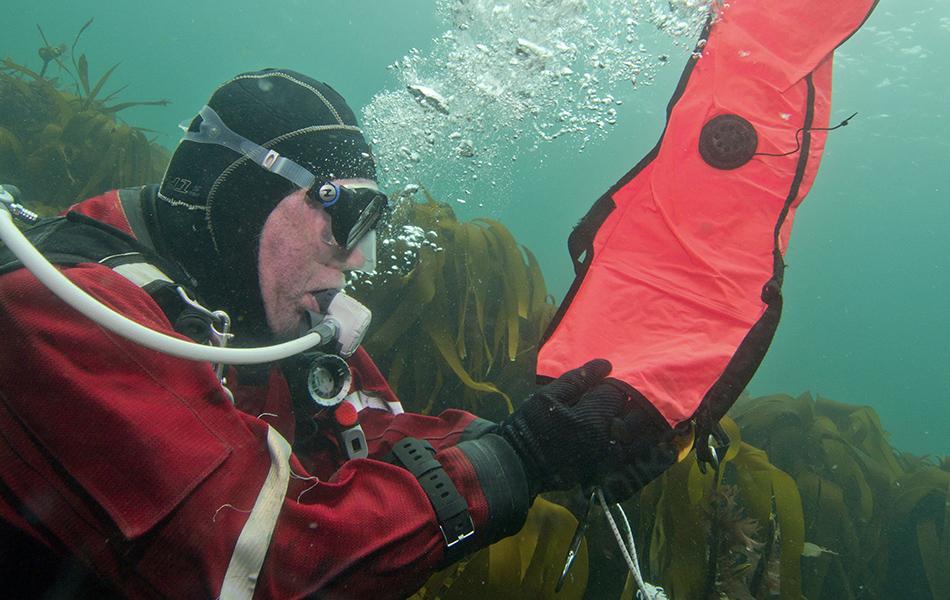
SCUBA Magazine introduces its new column, in which National Diving Officer Sophie Rennie and Head of Diving and Training Sophie Heptonstall answer your questions.
THE QUESTION:
Whenever we hold try dive sessions, a few of the try divers’ masks fog up quite badly. This evidently stresses them out and obviously affects the enjoyment of their first underwater experience. What steps can be taken to mitigate mask-fogging at try dives?
Sophie Rennie answers
Two things spring to mind when I read this question. First, most of our clubs have a set of kit for try dives with some masks, fins and snorkels sitting in a box somewhere. All too often, they are unloved and not looked after, because they don’t actually belong to anyone in particular; they probably haven’t been checked or cleaned for ages.
New masks present a particular problem. Normally, they have been treated with a silicate film, which we need to carefully scrub away before we start using them. This is best done using the traditional ‘toothpaste treatment’, in which we rub raw toothpaste across the glass. You have to be thorough about this – get into every corner of the glass and give it a proper treatment before carefully rinsing the residue away. If you don’t keep doing this, the mask will just continue fogging.
The second reason happens especially during colder weather, when the kit may have been stored in an unheated environment. Perhaps it’s been in the back of a car, then moves straight to a warm swimming pool room. For those of us who wear glasses, it’s just like walking from the cold into a nice heated building. You fog up immediately.
There are a few other reasons that can contribute to a foggy mask, such as not spitting into mask before getting it wet, but I would have thought every diver and snorkeller knows how to do that!
Sophie Heptonstall expands
For those new to diving, try dives can be greeted with both excitement and trepidation as it’s a brand new experience for the person. Both of these can be contributing factors in fogging up a mask and be influencing how someone is breathing, or can have an impact on the defogging process.
As an instructor taking a new person in for the first time, think about when and where you are fitting the mask, and how the person is breathing. Breathing in and out continually through your mouth is an unnatural process at first, even more so without the regulator or snorkel in. It may be that a person new to the sport is exhaling through their nose and this is making the mask fog.
While at the surface, take the time to ensure the mask is free of hair around the seals, fitted properly and be observant to see if this is happening. Once underwater, it can be the temperature difference between the air exhaled through the nose and the water that causes fogging. Spending some extra time practising breathing in and out on the surface could help prevent this issue and get the diver or snorkeller into a more relaxed breathing pattern.
Traditionally, divers and snorkellers spit in masks to clear them; but in a post-Covid world people are more hygiene conscious and some may not feel comfortable spitting into a mask to defog it. If the try diver is slightly nervous, they can also find it difficult to get enough spit into the mask.
Consider having a spray bottle of mask defog on the side for use, as this could help. Baby shampoo and water (at a ratio of 1:10) in a spray bottle is a cost-effective solution! It’s important the masks are rinsed but still have a film on the lens to stop them steaming up, so make sure the diver/snorkeller is not overly rinsing out after defogging.
Article 'Fight the fog!' by Simon Rogerson first published in SCUBA magazine, Issue 153 March 2025.




